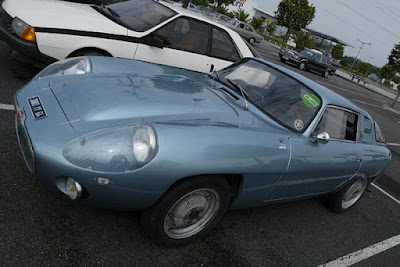
Selfish ONES - Controversial, that's the right word to describe how Lamborghini Automobili's effort to celebrate its 50th anniversary with the launch of this unique concept car back in the 2013. According to the Sant'Agata Bolognese based automaker, the debut moment of the Lamborghini Egoista concept car on those weekend was "emotional."
The Lamborghini...






